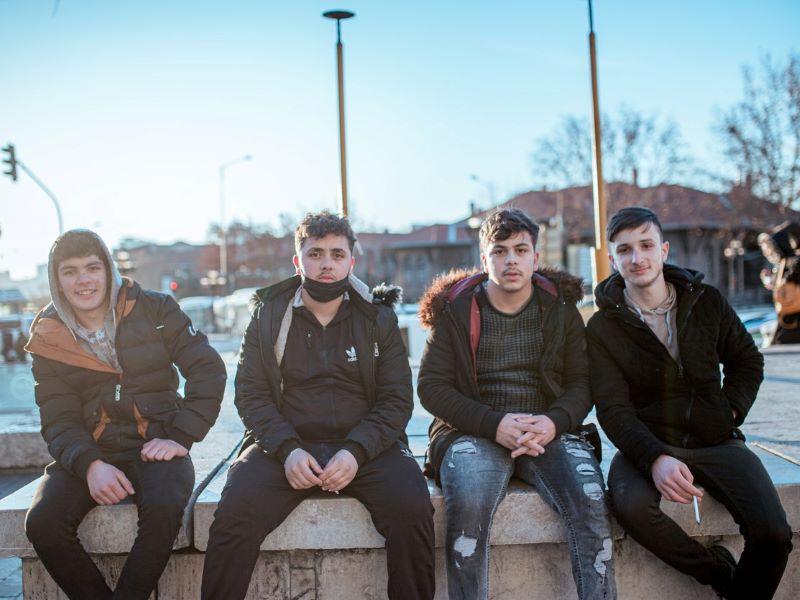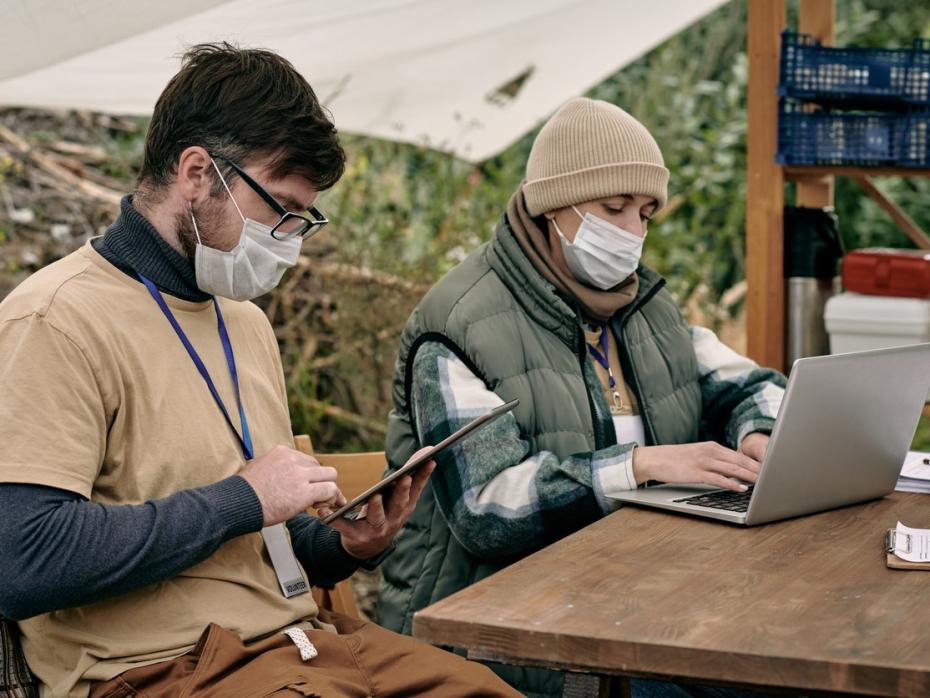Universities have a role to play in humanising refugees and helping them establish new lives in new countries. In May, the number of people who had been displaced from their homes worldwide crossed the 100 million mark. The United Nations High Commissioner for Refugees (UNHCR) and governments, as well as NGOs set up to support refugees, have a clear mandate to support the youth included in this number as they strive to access quality education. While universities’ mandates may be less clear, as educators and administrators we also have a critical role to play in reaching the goal established by the UNHCR’s Global Compact on Refugees – that 15 per cent of refugees will be enrolled in higher education by 2030.
- Eight ways UK academics can help students and researchers from Ukrainian universities
- ‘Making it’ in the US: education and employment for Afghan refugees
- Practical ways to develop a comprehensive university ‘sanctuary’ programme
However, supporting the education of refugees and other displaced youth is a complex task that can require multiple actors. Here are four simple ways in which universities can collaborate to support displaced youth seeking higher education opportunities.
Universities can collaborate to help students prepare for their higher education programmes
With displacement comes interrupted education journeys. In order for students to be successful at university, higher education partners can collaborate on the development and delivery of preparation or bridging programmes. For example, the network I work with, the Open Society University Network, connects 40 institutions across multiple continents and has worked with partners in countries including the US, Germany, Bangladesh and Kyrgyzstan. Institutions in the network have developed a taught 15-month transition programme that builds academic skills through different disciplinary approaches. This programme was only possible because universities with different strengths fed into its conceptualisation and design. These networks and collaborations also give students a better understanding of the degree programmes available to them once they complete their preparation course.
Universities can collaborate on third-country education pathways
Third-country education pathways, also known in the refugee education space as “complementary education pathways”, open access to students to move from their country of first asylum to a new country for the purposes of education and a more permanent solution. These pathways are designed in such a way that, regardless of the visa status students hold upon entering the country of study, they are allowed to stay on past graduation and are able to work and lead productive lives, ideally with permanent residency. While these pathways might sound as if they need to be created by UN agencies or governments, university networks can – and should – take a lead on setting them up. They can do this, for example, by agreeing to offer a certain number of places each year for students to enter their institutions. Then, they can collectively advocate with the appropriate government ministries or departments to create new visa categories and permanent residency solutions that are separate to the asylum process. Collaborating universities are not alone in this work – the Global Task Force on Third Country Education Pathways provides technical assistance and advice to partners across the world on pathway set-up. An example of how university collaboration has established education pathways is MeNS, a network of more than 20 universities in France working with the French government to allow up to 50 students to enter the country to study master’s degrees by 2023. MeNS is also a consortium of up to 16 universities offering bridging courses and support for movement into their undergraduate programmes. As a network of universities, MeNS is able to offer students choice – of location, major and campus life; and by speaking with a collective voice, MeNS has been able to garner the needed government support for issuing visas.
Universities can collaborate on promoting student engagement
University students have the ability to galvanise support for issues and initiatives. This is particularly true when it comes to support for displaced youth, as we’ve seen in Canada, where a student-driven levy funds scholarships and the necessary accompanying support for refugees on about 70 campuses. By adding a small student fee of $1 (£0.65) to $20 to tuition bills, agreed upon by students via campus referendums, a million students across Canadian institutions have funded thousands of refugees to come to Canada for a higher education. University collaborations have an advantage here; by promoting student engagement across different partners, students themselves can develop and share best practices in relation to supporting the displaced on their campuses. When university networks are global, refugees can also be part of the conversation, both in countries of first asylum or in third countries, engaging in equal and informed exchange with other student leaders.
Universities can collaborate on staff and faculty preparation
Preparing to take in displaced learners requires a different set of considerations from those needed for the average international student. Displaced learners often come with gaps in their formal education or even with some university education that has gone unrecognised after their displacement. Many displaced students have also experienced trauma, which can have unpredictable effects on their ability to learn. And displaced learners will often face significant challenges in integrating into an unfamiliar culture and community. Universities need to ensure that their staff and faculty have the training needed to recognise when these challenges might be impeding learning and know where to direct the student for support. This sort of preparation is best done through a combination of site-specific capacity building alongside sharing best practice and training among collaborating universities. Within university networks, partners might even want to consider sharing staff members who are focused on designing and delivering training sessions and who could address student needs or legal questions.
There is strength in numbers and university collaborations demonstrate this when it comes to supporting displaced youth in accessing higher education. Through sustained partnerships, universities can share best practices and develop new approaches to admitting and supporting refugee students, leverage their collective strength to advocate with governments for safe and durable solutions, and share both financial and human resources.
Rebecca Granato is associate vice-president for global initiatives at Bard College and the director of the Open Society University Network’s hubs for connected learning initiatives, which provide educational access for displaced students, opportunities for researchers and professional development for teachers of refugees.
If you would like advice and insight from academics and university staff delivered direct to your inbox each week, sign up for the Campus newsletter.




comment1
(No subject)